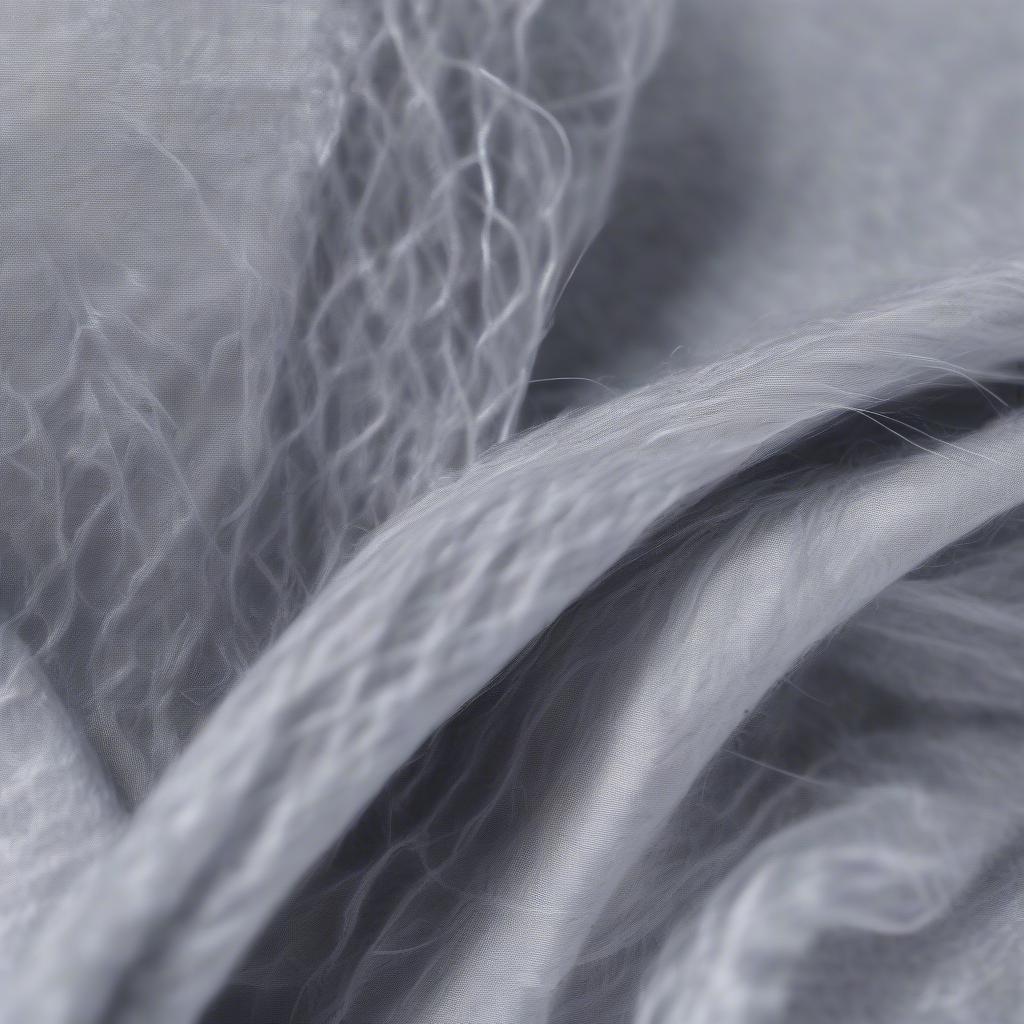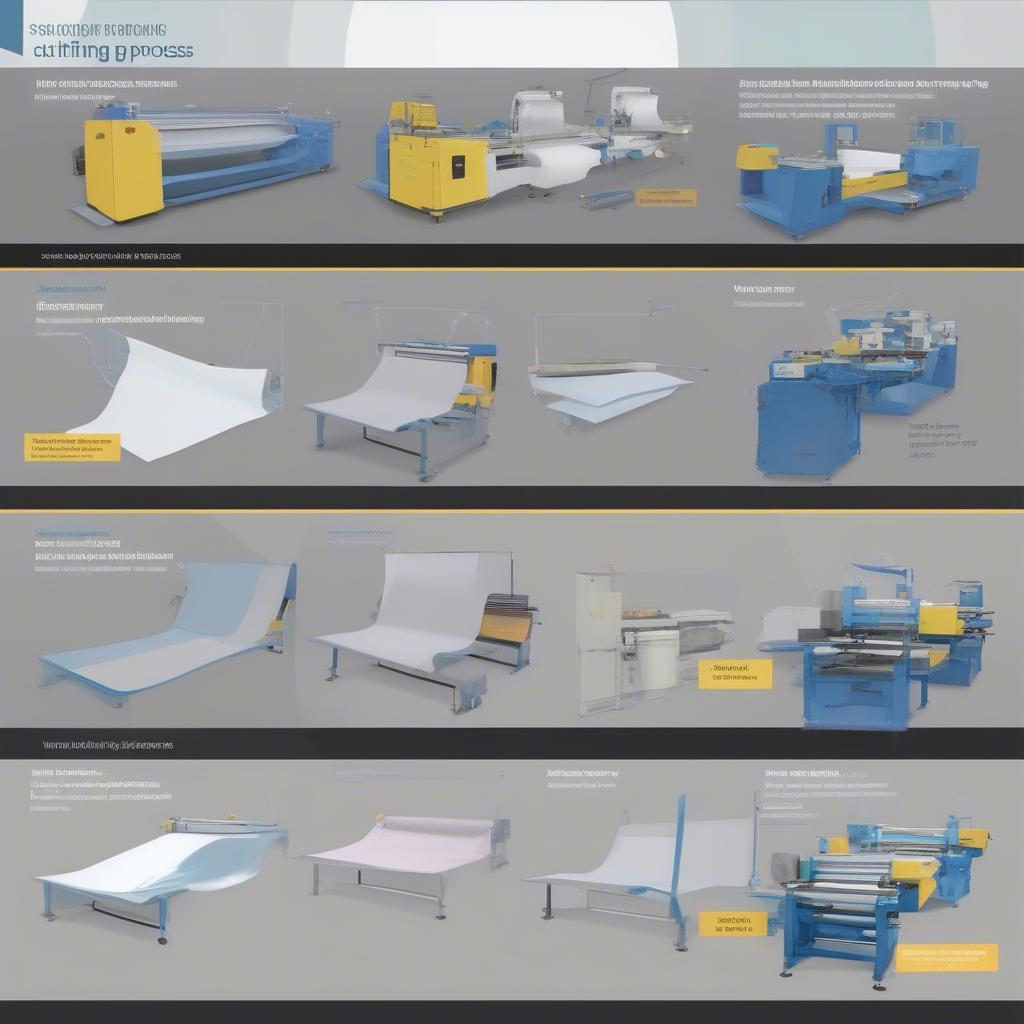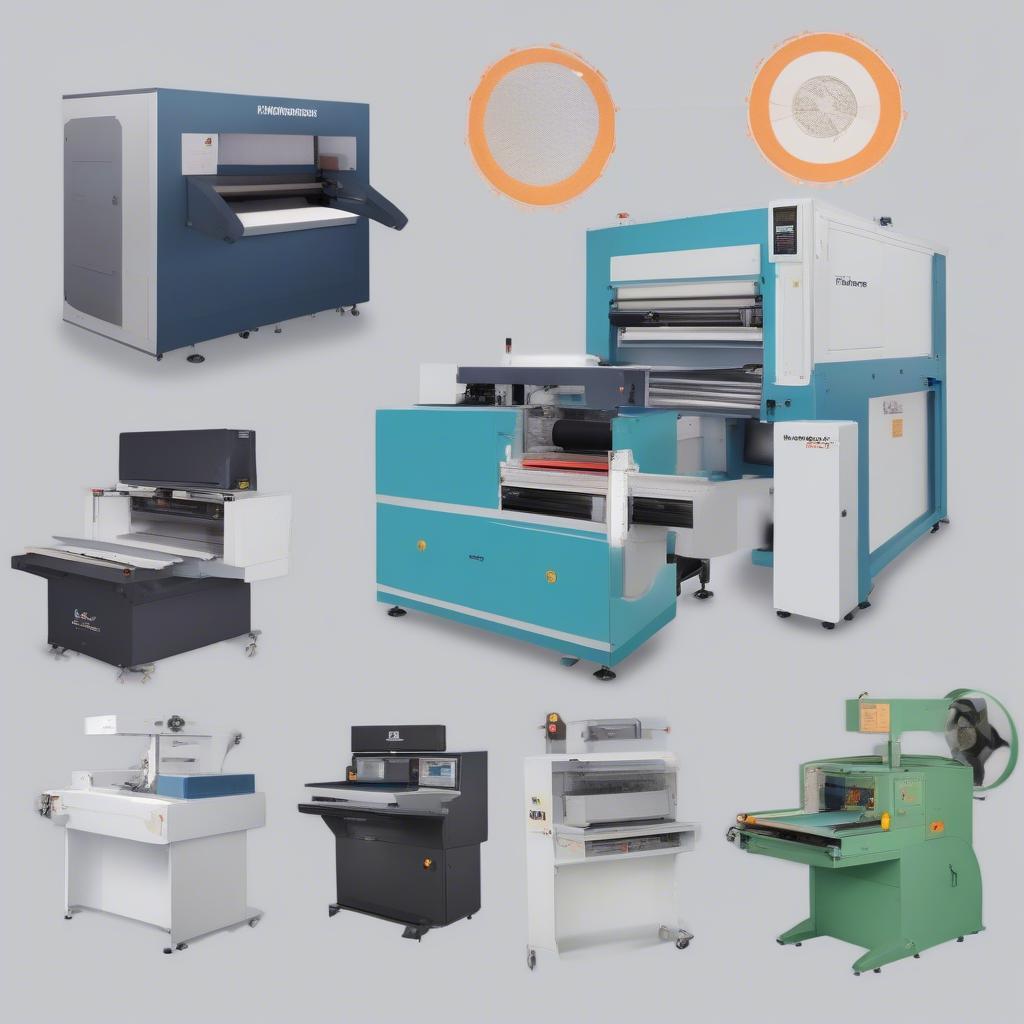Woven Bag
Non Woven Bag Cutting: A Comprehensive Guide
Non Woven Bag Cutting is a crucial process in the manufacturing of eco-friendly shopping bags. Understanding the intricacies of this process, from material selection to cutting techniques, is essential for producing high-quality, durable, and aesthetically pleasing non-woven bags. This guide will delve into the various aspects of non-woven bag cutting, providing valuable insights for both consumers and businesses.
Understanding Non Woven Fabric and its Applications
Non-woven fabrics are engineered materials made from fibers bonded together through mechanical, thermal, or chemical processes. Unlike woven fabrics, they do not involve traditional weaving or knitting. This structure gives them unique properties such as high strength, durability, breathability, and water resistance. Non-woven bags, in particular, have become increasingly popular due to their eco-friendly nature and reusability. They offer a sustainable alternative to plastic bags, contributing to a greener environment.
 Non-woven fabric structure and its properties
Non-woven fabric structure and its properties
From shopping totes to promotional giveaways, non-woven bags have found a wide range of applications. Their versatility allows for customization in terms of size, shape, color, and printing. Businesses often utilize them for branding and marketing purposes, printing their logos and messages on the bags.
The Importance of Precise Non Woven Bag Cutting
The cutting process significantly impacts the final quality and appearance of non-woven bags. Precise cutting ensures consistent bag sizes, clean edges, and minimal material waste. This is particularly important for businesses that require large quantities of uniformly sized bags. Inaccurate cutting can lead to uneven handles, distorted shapes, and an unprofessional overall look. This can negatively impact brand image and customer satisfaction.
 Precision cutting process for non-woven bags
Precision cutting process for non-woven bags
Different Non Woven Bag Cutting Techniques
Several techniques are employed for non-woven bag cutting, each with its own advantages and disadvantages. Die-cutting is a common method that uses a shaped blade to cut multiple layers of fabric simultaneously. This technique is ideal for creating complex shapes and intricate designs. Laser cutting offers high precision and speed, making it suitable for large-scale production. Ultrasonic cutting utilizes high-frequency vibrations to melt and seal the edges of the fabric, preventing fraying and creating a clean finish. Choosing the right cutting technique depends on factors such as bag design, production volume, and budget. Check out our article on non woven bag making machine price in china for more information.
“Efficient non-woven bag cutting requires careful consideration of the fabric type, desired bag dimensions, and cutting technique. Each factor plays a crucial role in achieving optimal results,” says Emily Carter, a leading expert in sustainable packaging solutions.
Choosing the Right Cutting Machine
Selecting the appropriate cutting machine is crucial for efficient and cost-effective non-woven bag production. Several factors influence this decision, including production volume, bag design complexity, and budget. Automated cutting machines are ideal for high-volume production, offering speed and consistency. Manual or semi-automated machines may be more suitable for smaller businesses with lower production needs. You might find useful information about woven bag making machine used.
 Different types of non-woven bag cutting machines
Different types of non-woven bag cutting machines
Optimizing the Non Woven Bag Cutting Process
Several strategies can be employed to optimize the non-woven bag cutting process, minimizing waste and maximizing efficiency. Careful planning and layout of the fabric can reduce material waste. Regular maintenance of cutting equipment ensures consistent performance and prevents costly downtime. Implementing quality control measures throughout the process helps identify and address any issues early on. For businesses looking for bulk options, you can find a wholesale pvc non woven pillow bags factory. You might also be interested in pp woven handle bag.
“Investing in high-quality cutting equipment and implementing robust quality control measures are essential for achieving optimal efficiency and minimizing waste in non-woven bag production,” adds David Miller, an industrial engineer specializing in manufacturing optimization. Exploring options like an ultrasonic woven bag cutting machine china can enhance the precision and speed of the cutting process.
Conclusion
Non-woven bag cutting is a critical step in the production of sustainable and versatile bags. Understanding the different cutting techniques, choosing the right equipment, and optimizing the process are essential for creating high-quality, cost-effective non-woven bags. By implementing the strategies outlined in this guide, businesses can improve their production efficiency, minimize waste, and deliver superior products to their customers.
FAQ
- What are the advantages of using non-woven bags?
- What are the different types of non-woven fabrics used for bags?
- How do I choose the right non-woven bag cutting machine?
- What are the common challenges in non-woven bag cutting?
- How can I minimize waste during the cutting process?
- What are the latest trends in non-woven bag cutting technology?
- How can I ensure the quality of my non-woven bags?
Need help with your non woven bag project? Contact our 24/7 support at +84 388 951 999 or visit us in Hanoi, Vietnam or Tech Avenue, Suite 12, San Francisco, CA 94105, USA.
